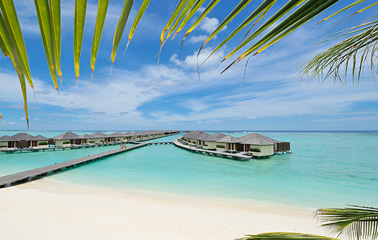- Local Time 06:45
- Current Weather
- Population1.304 million
-
LanguageKiswahili, English
and Arabic - CurrencyTanzanian Shilling
The History of Zanzibar
The history of Zanzibar is rich and interesting, with many of the buildings in the capitals Stone City reflecting various periods of its past, some hauntingly so.
Zanzibar experienced various dominations throughout the past 20,000 years and is believed to have been infrequently inhabited even from a prehistoric age, though there is not much information on this other than the discovery of stone tools at the Kuumbi Cave. In the late 11th and 12th centuries, Arab and Iranian Traders settled in small numbers around the island, utilising it as an ideal location on trade routes. The Yemenis build the earliest mosque in Kimikazi, a village of Unguja.
Vasco de Gama visited in 1499, marking the start of European influence in Zanzibar after which possession of Zanzibar remained with Portugal for almost two centuries. Later Arab rule took hold again from 1698 under the control of the Sultan of Oman - these Omani aristocrats enslaved African farmers to work the lands and produce cloves, coconuts and rice among other plants. Out off all economic activity in Zanzibar, slavery was the most profitable and countless slaves were bought to Zanzibar in dhows and were treated poorly, leaving behind a legacy of hate that was evident in the revolution of 1964. Every year about 40,000 to 50,000 slaves arrived in Zanzibar.
The United Kingdom's earliest interest in Zanzibar was motivated by the determination to end slavery, with commerce also playing an important role. In 1822 the wheels started turning to see the end of slavery, but only in 1876 was the sale of slaves officially prohibited and in Zanzibar, though slavery remained legal till 1897. Gradually the British took over, and from 1913 to independence in 1963, the British appointed their own residents and saw the establishment of proper sewers, garbage disposal systems and a burial system.
On the 10th December 1963, Zanzibar achieved independence from the United Kingdom as a constitutional Monarchy, under Sultan rule, a short-lived rule that saw its end only a month later during the Zanzibar revolution led and organized by Ugandan citizen John Okello.
In 1964 the mainland colony of Tanganyika united with Zanzibar, forming the United Republic of Tanganuika and Zanzibar and then named the United Republic of Tanzania in October that year. Zanzibar still remains a semi-autonomous region of Tanzania.
Weather
Average Monthly Temperature
-
27°CJan
-
28°CFeb
-
26°CMar
-
26°CApr
-
26°CMay
-
25°CJun
-
24°CJul
-
24°CAug
-
25°CSep
-
25°COct
-
26°CNov
-
27°CDec

